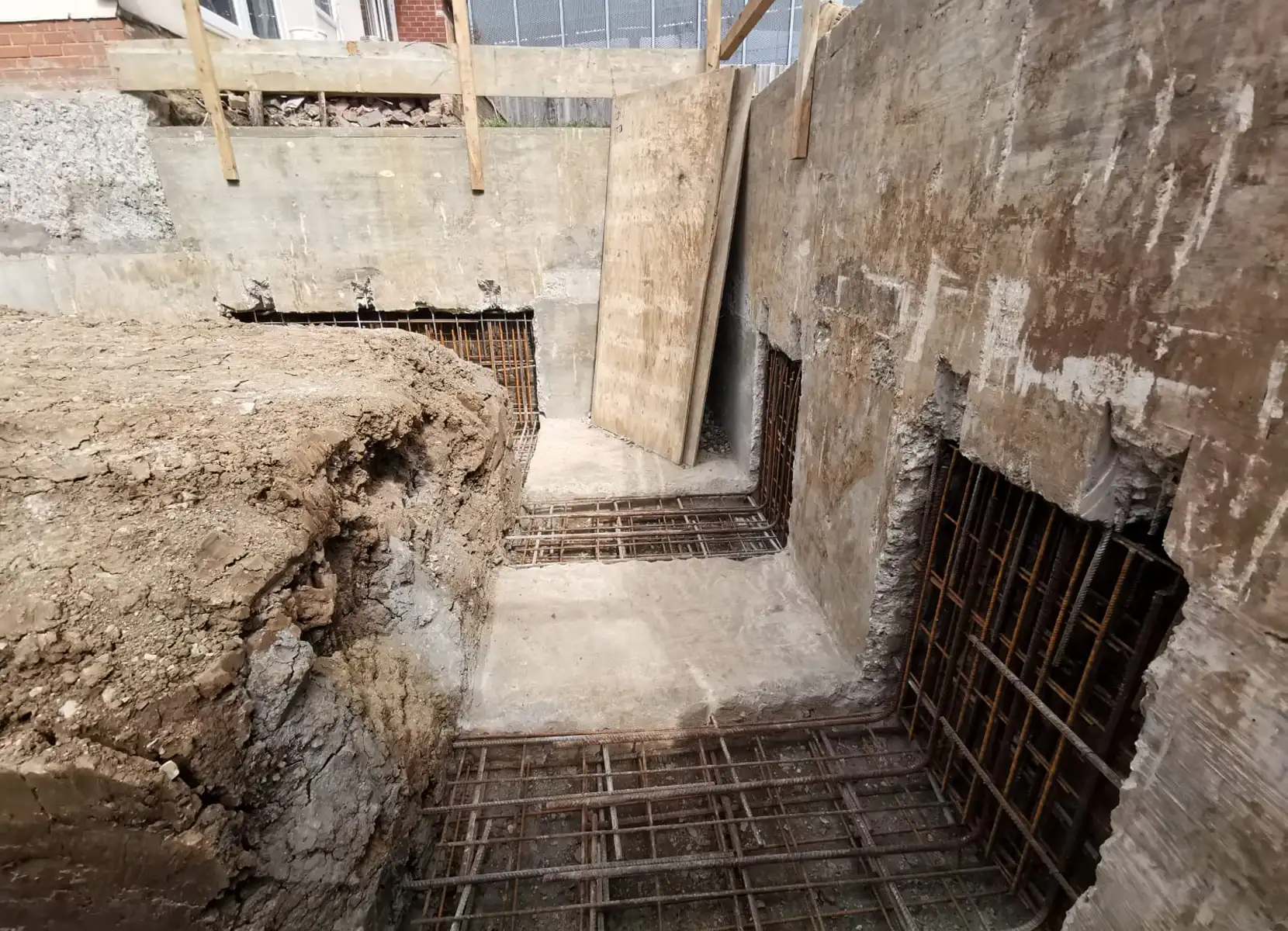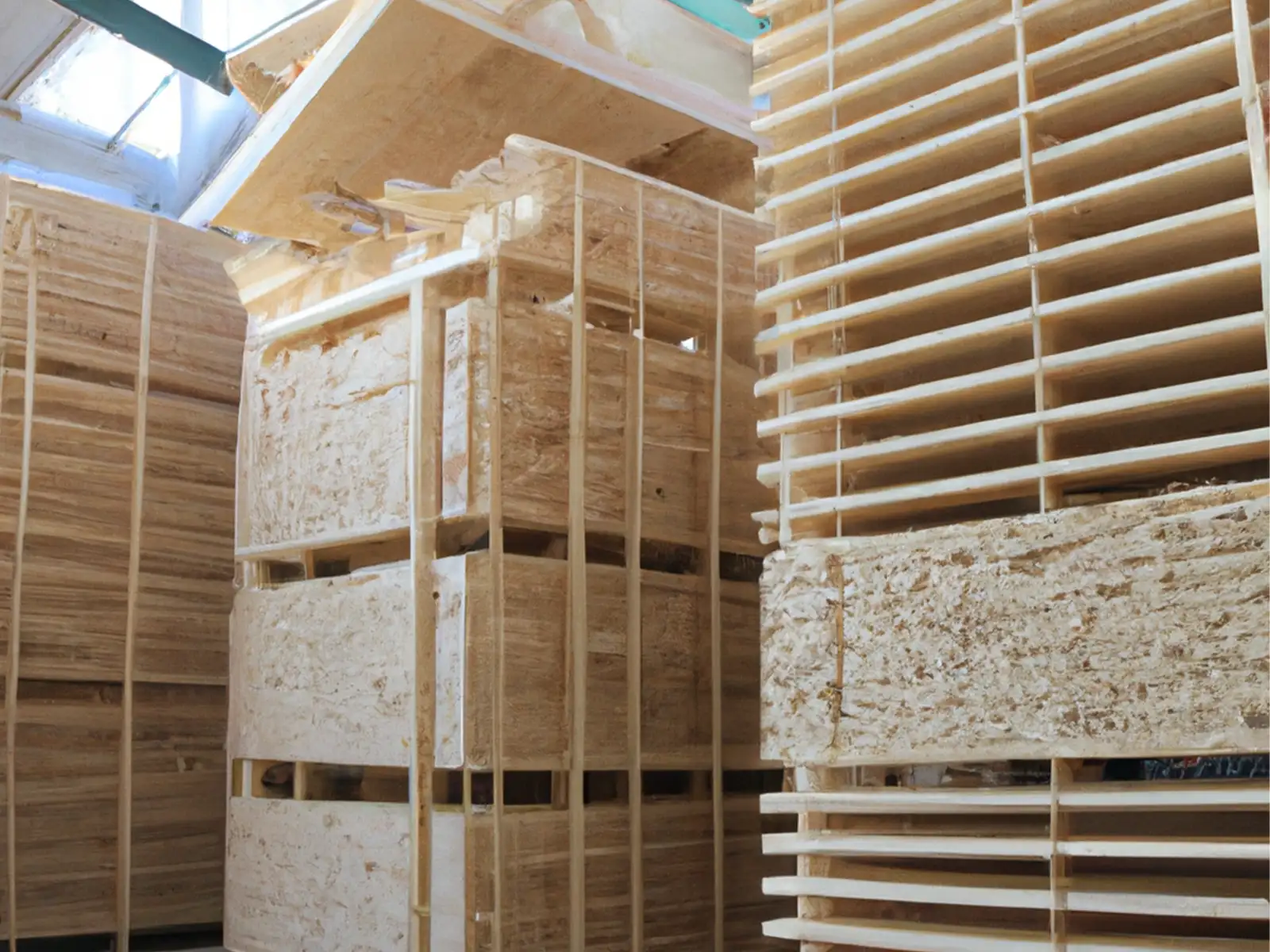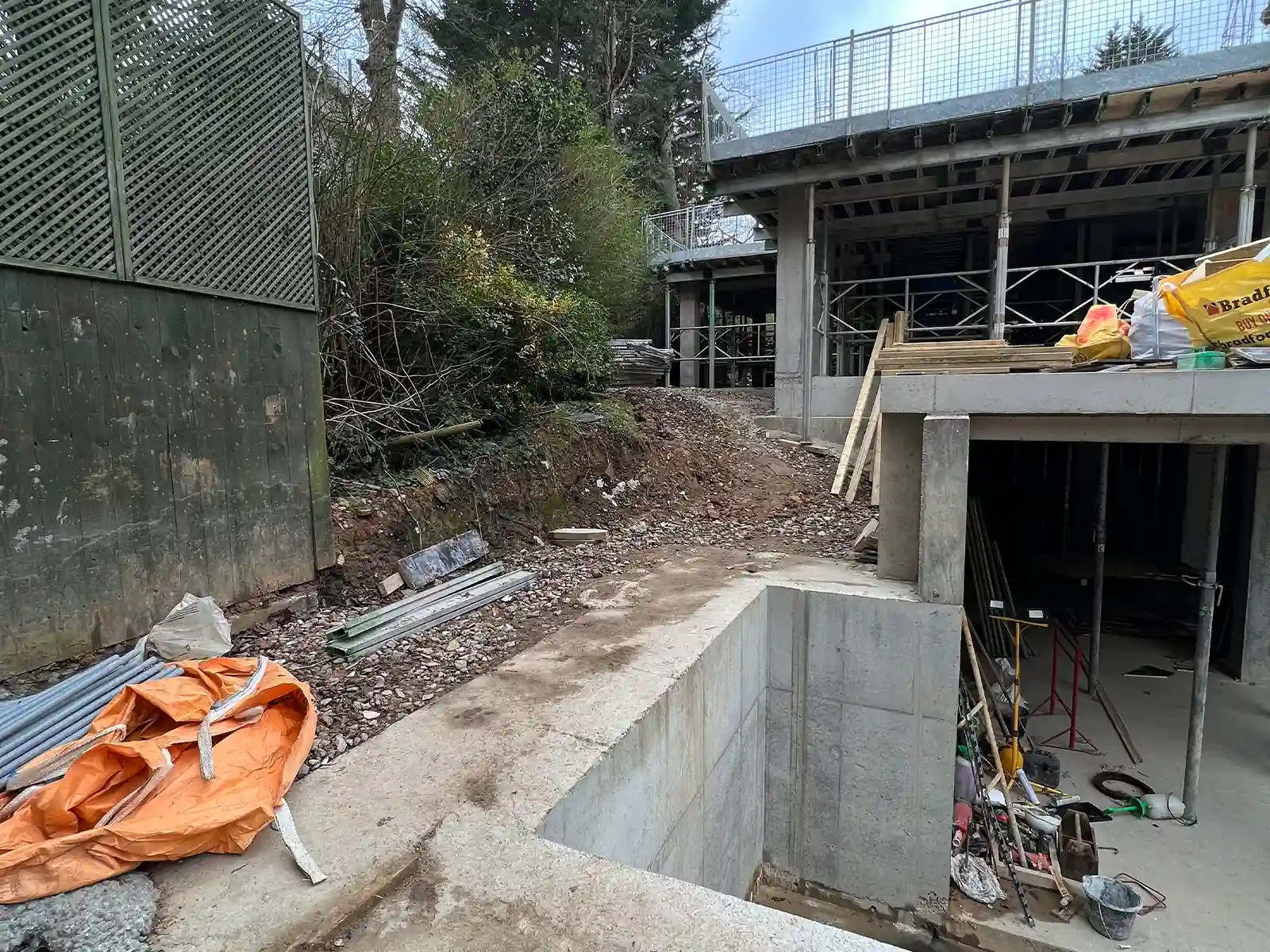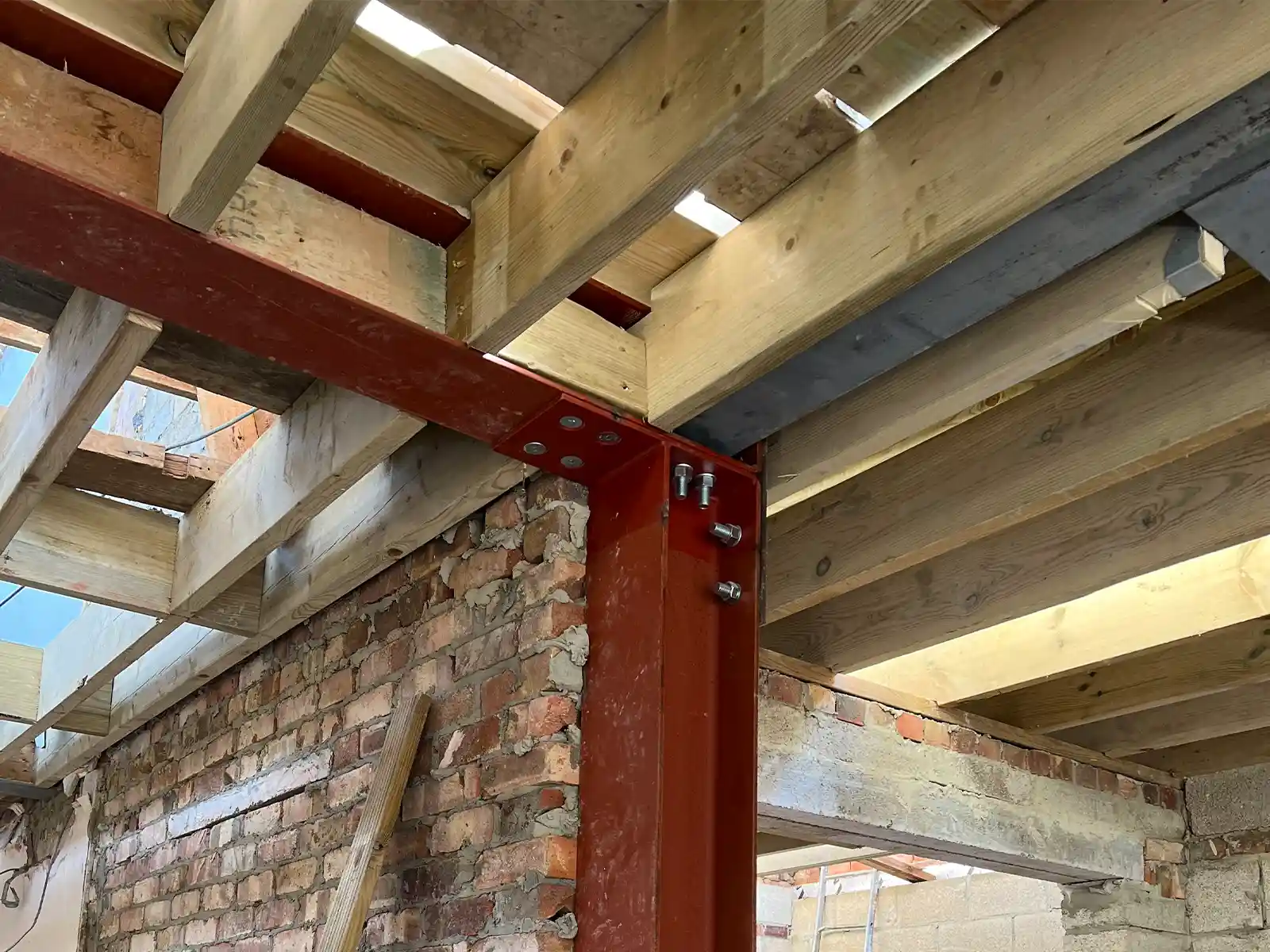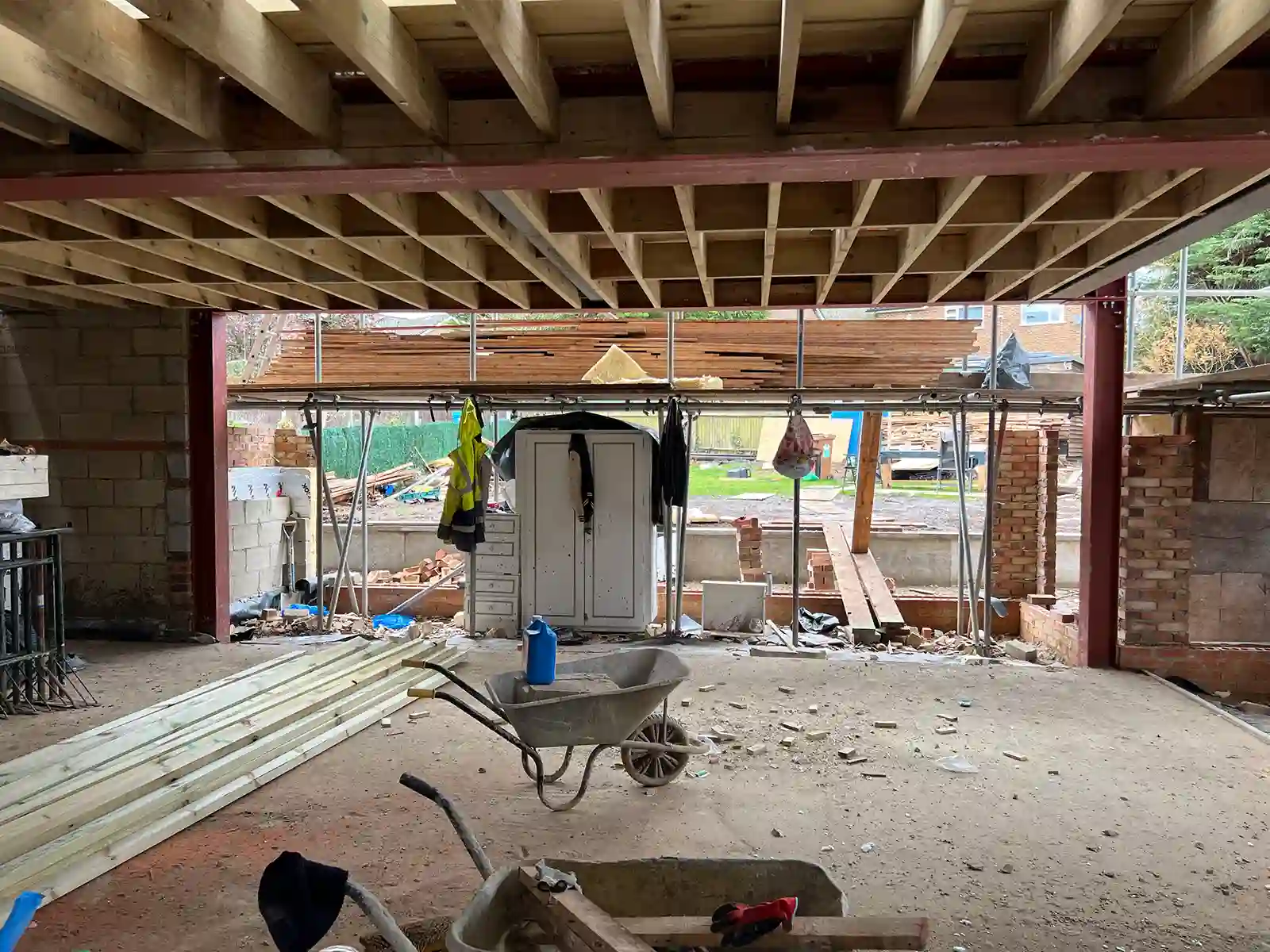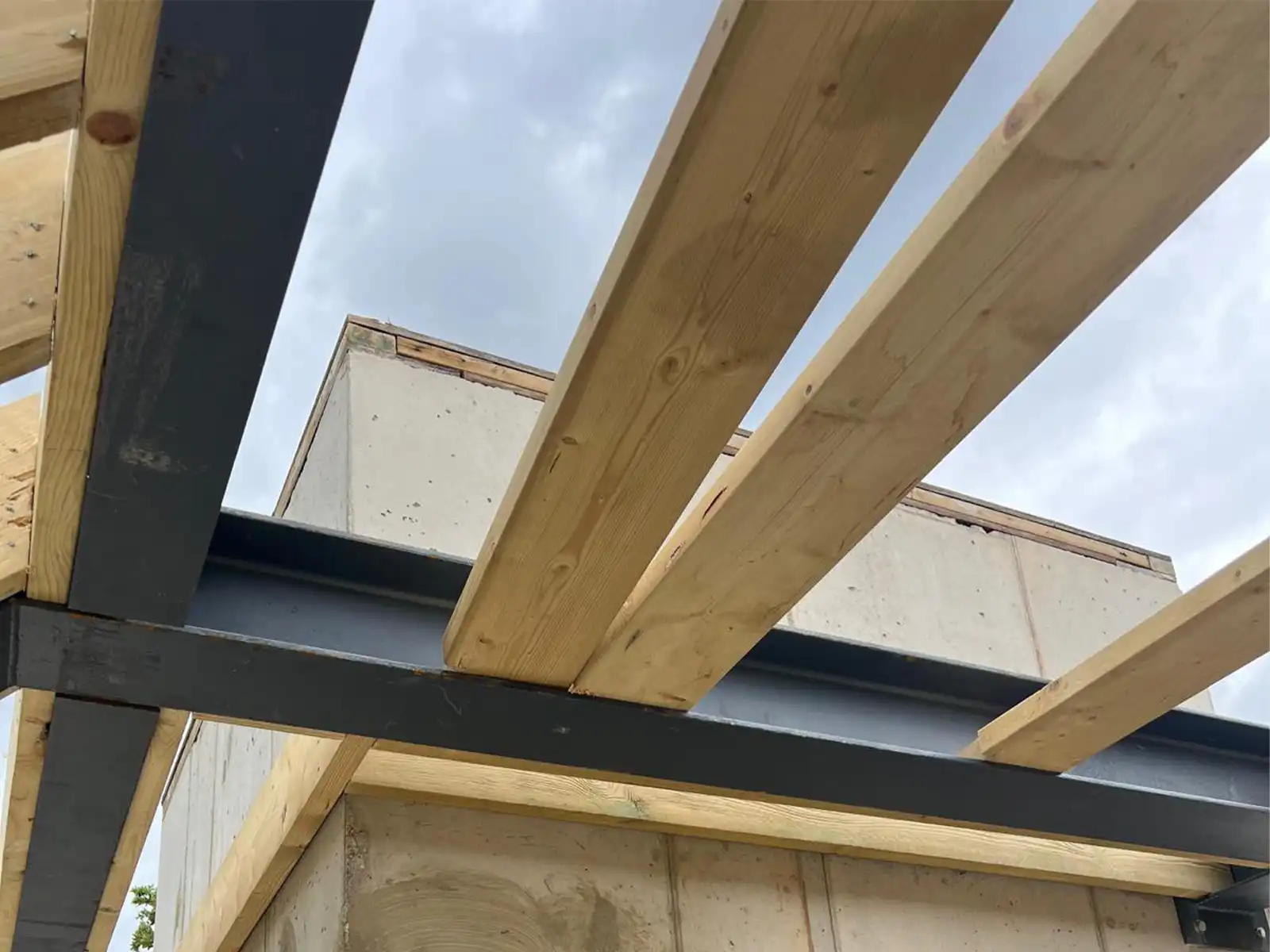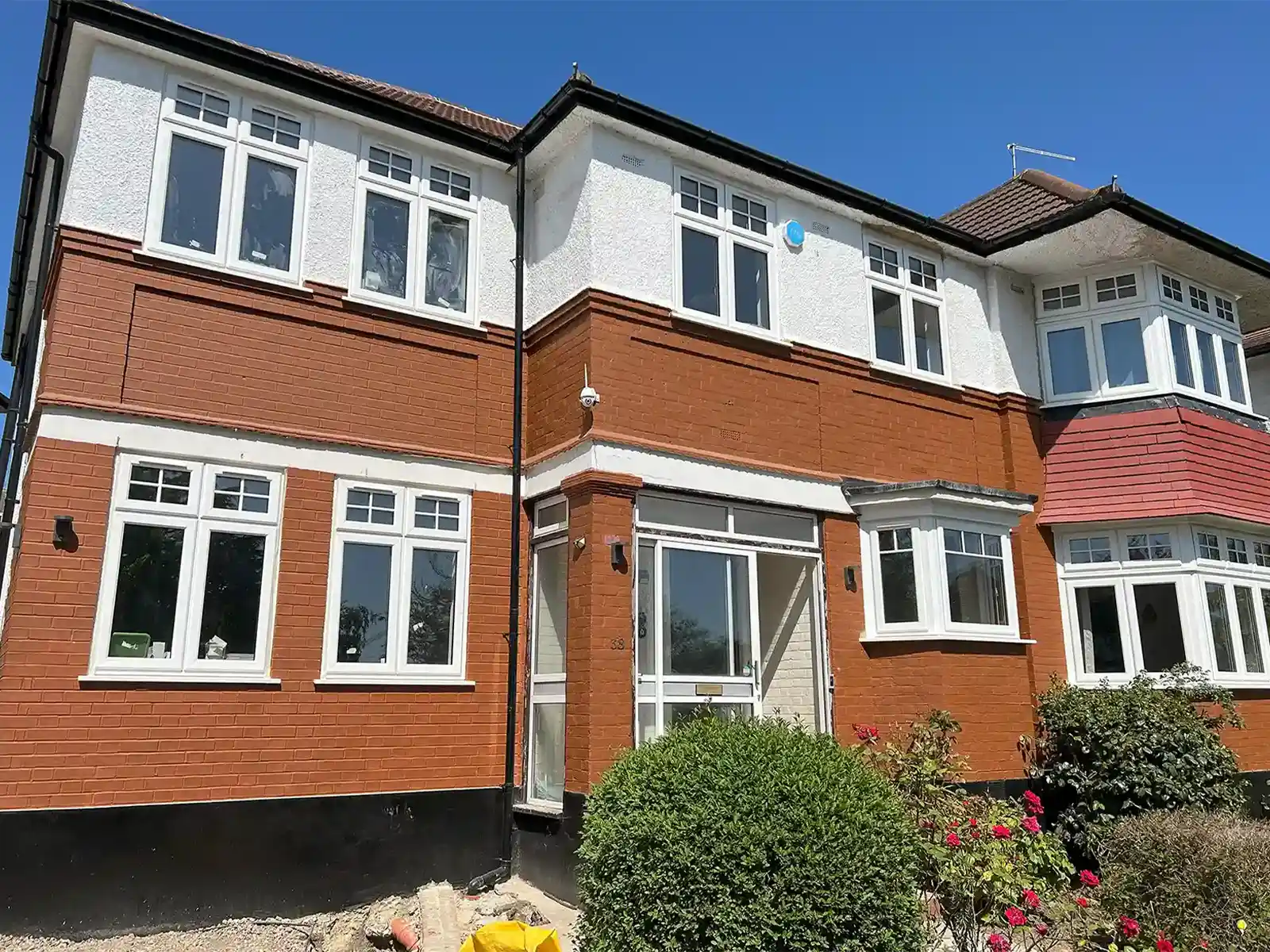Single Storey Extensions Plans
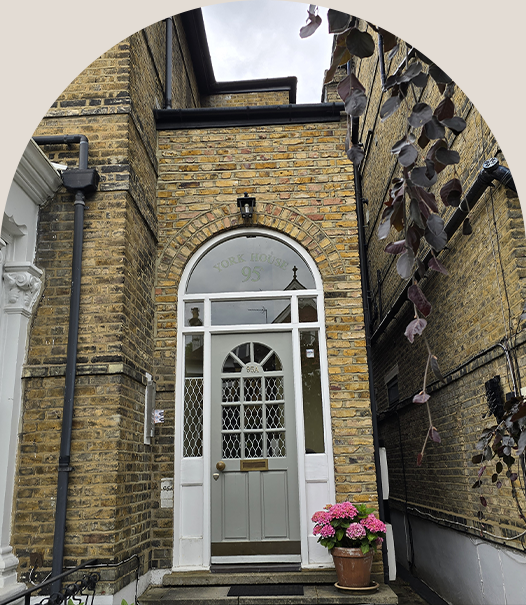

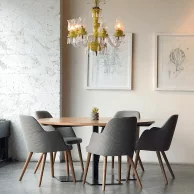
Expert Drawings
Details Matter
Building Regulation
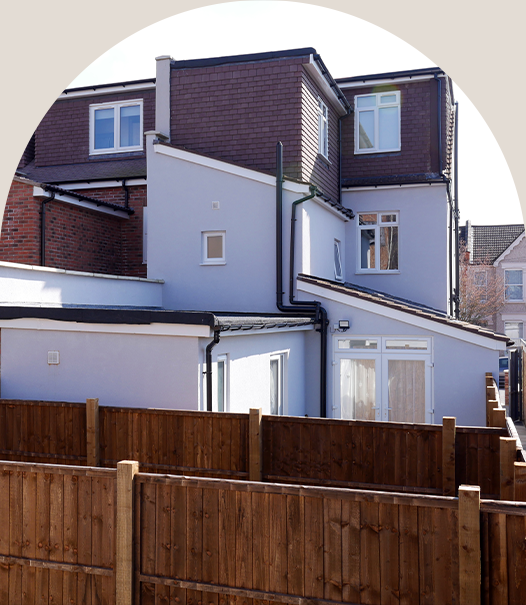

Extend Your Home with a Single Storey Extension
A Single Storey Extension is one of the simplest and most cost-effective ways to transform your home. Whether you want a bigger kitchen, an open-plan living space, or a home office, extending your home gives you the flexibility you need—without the hassle of moving.
Our expert team will guide you through the process, ensuring your extension is designed to maximise space, light, and value.
| Included as standard | Traditional Architects |
AC Design Solution |
|---|---|---|
| Fixed, transparent pricing | ✖ | ✔ |
| 2 Free design changes | ✖ | ✔ |
| Immediate project start subject to T&C'S | ✖ | ✔ |
| 3D property scanning within the price | ✖ | ✔ |
| Remote, hassle-free meetings on Teams or Zoom | ✖ | ✔ |
| Planning & building control guarantees | ✖ | ✔ |
| Transparent build cost analysis | ✖ | ✔ |
| Clear timeline & progress tracking | ✖ | ✔ |
Our Process for Single Storey Extension Plans
We have a streamlined approach to Single Storey extension plans. We use advanced 3D camera technology to scan your property, capturing precise measurements and ensuring every detail is accurate. This eliminates delays and allows us to create a digital twin of your home for seamless planning. All our meetings are held online, making the design process more efficient and ensuring clear communication before finalizing your drawings.
Draw your plans and submit
Our CIAT-qualified team creates detailed, builder-friendly Single Storey Extension drawings using 3D software to better visualize the space. We do not use generic templates—each design is tailored to your home.
Once you approve the plans, we handle the submission of all necessary documentation to your local authority for either planning permission or a lawful development certificate.
Detailed Building Regulation Drawings
Once planning approval or lawful development is secured, we create building regulation drawings that meet all technical requirements. We offer two options: standard building regulations drawings, where typical sections are applied, or comprehensive construction drawings with detailed specifications. Every package includes structural engineering calculations, thermal performance specifications, ventilation strategies, and fire safety measures.
As structural engineers, we ensure beam positions, load-bearing elements, and foundation details are precisely documented. Our plans specify insulation values, drainage solutions, plumbing layouts, and all necessary drawings—giving your builder everything needed for accurate quoting and construction. This technical precision is why over 60% of our clients come to us after their original designer couldn’t provide the detailed specifications required.
Approval and on going Support
Our digital submission package includes all technical documentation required by building control, Throughout construction, we stay in contact with your builder and yourself to make sure the build is processing smoothly. we provide responsive technical support via online meetings with your builder, resolving site queries instantly with visual clarifications and additional details when needed. This continuous support ensures your loft conversion progresses smoothly from approval to final certification.


CALL US TODAY ON 020 8152 4006
Need Planning Advice? Read Our Expert Insights
Check some of our customers review
Most frequently asked questions
Q. What is the cost of a Single Storey Extension?
Depending on the specifications, materials, complexity, and final product, a single-story extension usually costs between £1,500 and £2,500 per square meter. You should budget between £45,000 and £75,000 for a typical 30-square-meter single-story addition. The cost of this home addition includes:
- Planning and architectural design
- Calculations for structural engineering
- Construction supplies and work
- Electrical and plumbing work
- Doors and windows
The cost of your extension will go up if you have basic interior finishes, high-end glazing (floor to ceiling doors), underfloor heating, custom kitchens, or lighting (such as drop ceilings to make room for LED lights). The following are important variables influencing the cost of your home extension:
The conditions of the soil and proximity to trees can significantly change the foundation which will impact both the structural engineering costs and most importantly the cost of the build.
Q. Do I need planning permission for my Single Storey extension?
Single Storey house extensions generally fall into three categories for planning purposes:
- Permitted Development Rights (No Planning Permission Required) For standard extensions that meet these criteria:
- Extensions up to 4 metres from the original house for detached properties and 3 metres for semi-detached or terraced houses
- Maximum height of 4 metres for single storey extensions if a flat roof maximum 3 metres.
- The extension must not cover more than 50% of the land around the original house
- Materials used should be similar in appearance to the existing house
- No verandas, balconies, or raised platforms
- Side extensions must be Single Storey with width no more than half of the original house, if you plan to wrap around, i.e doing a side extension and rear and they connect with each other this will require planning permission.
- Larger Home Extensions under Prior Approval (Neighbor Consultation Scheme) For larger Single Storey rear extensions of:
- Up to 8 meters for detached houses
- Up to 6 meters for semi-detached and terraced houses
this route requires:
- Submission of a Prior Approval application to your local authority
- Council notification to your immediate neighbors, giving them 21 days to object
- If no objections are raised, or objections are not considered valid planning grounds, approval is typically granted within 42 days
- The extension must still meet all other permitted development criteria regarding height, materials, and position
The Larger Home Extension scheme offers significant advantages for homeowners wanting substantial additional space without going through full planning. Our success rate with Prior Approval applications is 97%, as we carefully prepare documentation and often engage with neighbors proactively to address potential concerns before formal submission.
Understanding “Side Elevations” and the Half-Width Rule:
Another critical permitted development restriction is the “half-width rule” for side extensions. Local authorities apply strict interpretations of what constitutes a “side elevation,” which can create unexpected planning obstacles:
- Any protrusion from the main wall—even a bay window at the rear of the property—may create a technical “side elevation”
- Extensions at the rear could be limited to half the width of the original house if they extend from a section that isn’t perfectly flush with the main building line
- The half-width measurement is taken from the widest point of the original house to the boundary
- Even minor architectural details can create technical “side elevations” from which the half-width rule would be measured
This often catches alot of designers who do not under the planning guidance in its entirety
- Full Planning Permission Required for extensions that:
- Are in conservation areas, Areas of Outstanding Natural Beauty, or National Parks
- Affect listed buildings
- Exceed permitted development size limits and don’t qualify for Prior Approval
- Don’t meet material matching requirements
- Include balconies, verandas, or raised platforms
- Will be used for business purposes
Even with permitted development rights, we recommend obtaining a Lawful Development Certificate from your local authority, which provides legal confirmation that your extension doesn’t require planning permission. This documentation is valuable when selling your property in the future.
Q.What is the 50% rule for Single Storey Extension?
The 50% rule is a simple permitted development restriction that limits the extent to which you are allowed to extend your home without requiring full planning permission. According to this rule: Extensions (including previous extensions) and other buildings must not cover more than 50% of the total area of land around the original house. ‘Original house’ means the house as it was originally built, or as it stood on 1 July 1948 (if built before that date).
This is exactly how local planning authorities interpret this crucial rule, and failure to comprehend it is one of the most common reasons for rejecting permitted development applications.
How the 50% Rule Works in Practice
The “total area of land around the original house” is what planners call the “curtilage” – essentially your property’s land minus the footprint of the original house itself. This will include:
You must calculate the total plot size of your property
Subtract the footprint of the current house (as described above)
The remaining area is your curtilage
You can cover a maximum of 50% of this curtilage with extensions and outbuildings
For example, if your original house footprint is 80 square meters and the total plot size is 300 square meters, the curtilage is 220 square meters (300 – 80). Therefore, the total size of all extensions and outbuildings combined would be 110 square meters (50% of 220).
What Counts Towards Your 50% Allowance
The following buildings all count towards your 50% allowance:
All extensions that already exist (no matter when they were constructed or by whom)
Your new extension as proposed
Sheds, garages, and other outbuildings
Conservatories and garden rooms
Any building with a roof that forms “covered area”
This implies that if previous owners have already extended the property, your potential to extend further under permitted development could be restricted or even used up.
Typical Misunderstandings of the 50% Rule
A number of homeowners and even designers get this rule wrong by:
Calculating 50% of the entire plot (wrong – it’s 50% of the land around the original dwelling)
Ignoring previous extensions (wrong – all extensions count, even those built by previous owners)
Overlooking outbuildings like sheds and garages (wrong – these all count towards the 50%)
Assuming that the removal of existing extensions “resets” the allowance (partially right – but only if those extensions were built lawfully)
The 50% Rule and Side Extensions
The 50% rule works in combination with the other permitted development restrictions, for example, that side extensions are not to extend wider than half of the width of the original house. The local authorities apply strict interpretations of what would constitute a “side elevation”:
Any projection from the main wall—a bay window at the rear of the house, for instance—can create a technical “side elevation”
Rear extensions can be limited to half the width of the original house if they extend from a section that is not wholly flush with the main building line
When the 50% Rule Doesn’t Apply
The 50% rule won’t apply when:
You apply for and receive full planning permission (though overall development proportion will still be considered)
The development falls under different categories of permitted development (e.g., specific kinds of loft conversions)
Special permitted development rights apply (e.g., for temporary structures in specific circumstances)
How Our Extension Designs Help You with the 50% Rule
Our architecture department specializes in:
Accurate calculations of your 50% rule permitted development rights
Pinpointing all the structures that are covered by your allowance
Creating innovative designs that maximize space without going over the 50% threshold
Preparing supporting evidence for Lawful Development Certificate applications
Coming up with alternative solutions when the 50% allowance has been reached
It is vital to interpret and implement the 50% rule effectively in any successful house extension project under permitted development rights. Through our expert advice, you can confidently navigate this restriction while creating your ideal home extension
Q. How Long Does it Take To Build a Single Storey Extension?
Average Construction Time for Single Storey Extensions
The construction phase of most Single Story home extensions takes 8-12 weeks, but the entire process, from design to completion, usually takes 4-6 months. This includes planning, obtaining necessary approvals, and preparation.
Complete Single Storey Extension Timeline Breakdown
Pre-Construction Phase (2-3 months)
Before your builders can effectively start the works, these essential steps must be completed:
1. Design and Planning (4-6 weeks)
- Initial Chartered Architectural technologists consultation and property survey
- Preparation of detailed architectural drawings
- Material and finish selection.
Build over agreement, usually or semi detached and terraced properties, you tend to share the drainage making it a public sewer.
When extending a semi-detached or terraced property, you’ll likely need a build over agreement if:
- Your extension will be built over or within 3 meters of a public sewer or shared drainage pipe
- Your property shares drainage with neighboring properties, which legally makes it a public sewer (even if it only serves a few houses)
- The drainage in question is maintained by the water company rather than being a private drain
2. Planning Approval (6-8 weeks if required)
- Permitted Development: No waiting period once certificate obtained
- Larger Home Extensions (Prior Approval): 42 days statutory period if you’re applying for larger extensions, often referred to as prior approval larger home extension.
- Full Planning Permission: 8 weeks standard determination period, this wil be needed if you live in a flat, currently there is no permitted development rights for flats or maisonettes to build a single storey extensions
- Building Notice: 48 hours notice before commencing work or you if you plan to use an Approved inspector usually you will require to give notice of 5 working days before commencement of works, Approved Inspectors are licensed by the Construction Industry Council Approved Inspectors Register (CICAIR).
3. Building Regulations and Preparation (2-3 weeks)
- Structural calculations by an experience engineer is crucial
- Detailed building regulations construction drawings preparation
- Building control notification submission
- Contractor selection and scheduling
- Long lead-time materials ordering (windows, doors, structural elements)
Construction Phase Timeline (8-12 weeks)
Your Single Storey Extension build typically follows this sequence:
1. Site Setup and Groundworks (1-2 weeks)
- Site preparation and property protection
- Foundation excavation and trenching
- Concrete pouring and curing period
- Drainage system installation
2. Structural Work (2-3 weeks)
- External wall construction and brickwork
- Steel beam installation for structural support
- Roof joists and structure installation
- Creation of openings to existing property
3. Weatherproofing (1-2 weeks)
- Roof covering installation and insulation
- Window and door fitting
- Making the extension fully watertight
- External wall insulation where required
4. First-Fix Internal Works (2-3 weeks)
- Electrical and plumbing rough-ins
- Underfloor heating installation (if specified)
- Wall and ceiling insulation installation
- Plasterboard fitting and dry lining
5. Finishing Phase (2 weeks)
- Plastering and drying time
- Floor screeding and/or installation
- Second-fix electrics and plumbing
- Painting, decoration, and finishing
- Snagging and final inspections
Living On-Site During Your Extension Build: What to Expect
One major advantage of single storey extensions is that most homeowners can continue living in their property during construction, though this requires preparation.
Day-to-Day Living Considerations
Noise and Disruption Levels:
- Construction typically runs 8am-5pm weekdays
- First 2-3 weeks (groundworks and structural phase) are usually loudest
- Expect dust despite protective measures
- Garden/outdoor space will be partially unusable during construction
Impact on Daily Household Routines:
- Temporary loss of access to certain rooms
- Kitchen extensions require temporary cooking arrangements
- Bathroom extensions need alternative washing facilities
- Workers will need property access throughout construction
- Occasional utility disconnections (usually scheduled and brief)
Practical Tips for Living Through Construction
Creating Comfortable Living Conditions:
- Establish sealed-off construction zones with dust sheets
- Set up a temporary kitchen if extending existing one
- Consider portable bathroom facilities if needed
- Create designated storage areas for valuables
- Maintain clear access pathways throughout your home
When to Consider Alternative Accommodation:
- During demolition of existing structural walls
- If extension affects multiple essential rooms
- For households with very young children or elderly members
- During winter builds when heating may be compromised
- If working from home requires quiet conditions
Most families find living on-site manageable with proper planning. The 8-12 week construction timeline means temporary inconvenience is limited, and staying avoids additional accommodation costs.
Factors Affecting Your Single Storey Extension Timeline
Several variables can impact how long your extension project takes:
Extension Design Factors
- Size and complexity: Larger extensions (6-8m) typically add 2-3 weeks
- Extension type: Kitchen extensions often take longer due to fitting requirements
- Design complexity: Vaulted ceilings, multiple roof levels add time
- Finish quality: High-specification finishes require additional time
External Timeline Influences
- Weather conditions: Winter builds face more potential delays
- Planning requirements: Full permission adds 8-10 weeks to pre-construction
- Material availability: Supply chain issues can cause unexpected delays
- Site access limitations: Restricted access properties present logistical challenges
Common Unforeseen Delays
- Poor ground conditions requiring deeper foundations
- Discovery of unexpected services requiring relocation
- Structural issues in existing property
- Material delivery delays or shortages
- Adverse weather conditions during critical phases
Minimizing Delays for Efficient Construction
- Finalize all design decisions before construction begins
- Order materials with long lead times well in advance
- Ensure all necessary approvals are in place
- Choose experienced professionals with proven track records
- Maintain clear communication with your project team
- Build in 1-2 weeks contingency for unexpected issues
Conclusion: Is an 8-12 Week Timeline Realistic?
With professional design, proper planning, and experienced contractors, completing a Single Storey Extension within 8-12 weeks is entirely achievable for most standard projects. The entire process from initial concept to completion typically takes 4-6 months when including all planning and preparation stages.
While timeline extensions can occur due to unforeseen circumstances, working with qualified professionals who provide detailed schedules and maintain regular communication helps ensure your single storey extension is completed efficiently, allowing you to enjoy your new space as soon as possible.
Q. How big can a Single Storey Extension be without planning permission?
Under current Permitted Development Rights, you can build a Single Storey extension without the need for planning permission, although it is advisable to obtain a lawful development certificate, provided it adheres to specific dimensional limitations and conditions.
Standard Permitted Development Allowances:
- Detached houses: Extensions can project up to 4 meters from the original rear wall.
- Semi-detached and terraced houses: Extensions can project up to 3 meters from the original rear wall.
For a typical 5m wide London terraced house, this equates to approximately 15 square meters of additional space – sufficient to create an expanded kitchen-diner with direct garden access.
Larger Home Extension Scheme: As of May 2019 (and made permanent thereafter), significantly larger extensions are possible under permitted development through the “Prior Approval” process:
- Detached properties: Up to 8 meters from the original rear wall. However, if there is any side elevation, you can only build up to half the width of the original house. The remaining element would need to go through the planning householder application.
- Semi-detached and terraced properties: Up to 6 meters from the original rear wall. Again, if there is a side elevation, only half the width of the original house can be built under permitted development, and the remainder will require a planning householder application.
For these larger extensions:
- You must notify your local planning authority before commencing work.
- The council will consult your adjoining neighbors.
- Neighbors have 21 days to raise objections.
- If valid objections are raised concerning amenity impact, the authority can refuse the extension. You have the right to appeal, and we can assess whether you have strong grounds for an appeal.
Critical Dimensional Restrictions:
- Height: Single-storey extensions must not exceed 4 meters in overall height.
- Boundary proximity: If within 2 meters of any boundary, the height cannot exceed 3 meters.
- Side extensions: Cannot exceed half the width of the original house.
- The “50% rule”: All extensions and outbuildings combined cannot cover more than 50% of the land surrounding the original house (excluding the original house footprint).
Important Considerations for London Properties:
- In dense urban area for example London terraces, obtaining neighbor agreement for 6m extensions is challenging due to potential light reduction and visual impact.
- If your property is in a conservation area (common in London), you will need to apply for permission, as the GDPO does not permit this. Additionally, any area with an Article 4 direction restricting larger home extensions will require permission. For example, Hillingdon will only permit 4-meter extensions on a semi-detached house under prior approval.
- Technical interpretations by planning officers can affect what constitutes a “side elevation” – even a minor rear projection can create one.
Q. What is the cheapest type of Single Storey extension?
The most cost-effective extension is a rear Single Storey extension. This type of extension typically requires less structural work, fewer planning restrictions, and minimal relocation of utilities, making it a budget-friendly way to add space. A simple design with standard materials can further reduce costs while still delivering a practical and functional living area.
As with any project, material choice plays a significant role in cost. For example, if you plan to build a Single Storey extension using timber, it may be cheaper than a traditional brick and block construction. Alternatively, using an SFS (Steel Framing System) frame can be more cost-effective, depending on the project.
What are the different types of Single Storey Extensions?
Single Storey extensions come in various designs, each suited to different property layouts and homeowner needs:
- Rear Single Storey Extension: One of the most popular home improvement projects, this extends your home into the garden, creating an open-plan kitchen, dining area, or additional living space. Rear extensions work particularly well with bi-fold or sliding doors to enhance indoor-outdoor connectivity. The smaller they are, the cheaper they can be.
- Side Return Extension: Ideal for terraced and semi-detached homes that already have an outrigger (common in Victorian and Edwardian properties). A side return extension makes use of the narrow alleyway at the side of a property, often expanding the kitchen or dining area. It can dramatically improve space efficiency without sacrificing the rear garden. Note that these side extensions are often long in depth and shallow in width, so many homeowners choose to open up the side wall, which can be costly as it requires a box frame-type structural support.
- Kitchen Extension: A kitchen extension maximizes space to accommodate modern appliances, additional storage, and dining areas. Popular options include L-shaped kitchen extensions and wrap-around designs that combine a rear and side extension for an open-plan effect.
- Single Storey Front Extension: A front extension enhances both functionality and curb appeal. Commonly used for adding a larger entrance hall, a home office, or a small living space, it can make a significant difference in homes with limited internal space.
- Wrap-Around Extension: A combination of a side and rear extension, a wrap-around extension offers the most space and design flexibility. It is ideal for homeowners looking to create a large open-plan layout with multiple uses, such as a kitchen-dining-living area.
- Front Porch Extension: Adding a porch to the front of your home not only improves the exterior aesthetic but also provides extra security, insulation, and storage space. This small-scale extension is a cost-effective way to enhance your home’s entrance.
Choosing the right type of Single Storey Extension depends on your budget, property layout, and the additional space required. Our experienced team will guide you through the process, ensuring your extension complements your home and meets all planning and building regulations.
Get your instant online quote now!
Put £2000* back in your pocket compared to hiring a traditional architect—perfect for financing that new kitchen.


